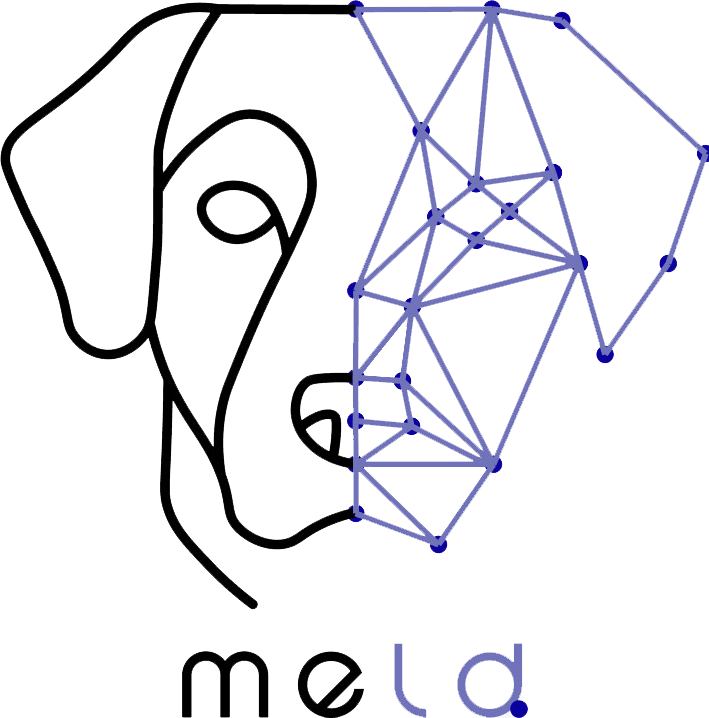This paper evaluates the activity levels of shelter dogs before and during the COVID-19 pandemic using automated video analysis within a large, open-admission animal shelter in New York City. The study compared dog activity from two periods: before COVID-19 restrictions (February-March 2020) and during the COVID-19 quarantine (July 2020). Researchers analyzed video clips for “step count” and “activity presence” using a self-developed automated tool, which achieved over 79% accuracy compared to manual coding. The findings revealed that shelter dogs exhibited significantly higher activity levels and more steps within their kennels during the COVID-19 period than before. While activity decreased in the afternoons before COVID-19, it remained at a constant average during the pandemic, with introduced “nap times” showing the lowest activity. The authors suggest these changes are likely due to alterations in the shelter environment caused by COVID-19 restrictions, such as reduced volunteer interaction and playgroups, which may have led to increased in-kennel activity and potentially stress. The study concludes that automated analysis is a suitable and hands-off method for monitoring shelter dog activity.
Non-Invasive Computer Vision-Based Fruit Fly Larvae Differentiation: Ceratitis capitata and Bactrocera zonata
This paper proposes a novel, non-invasive method using computer vision

